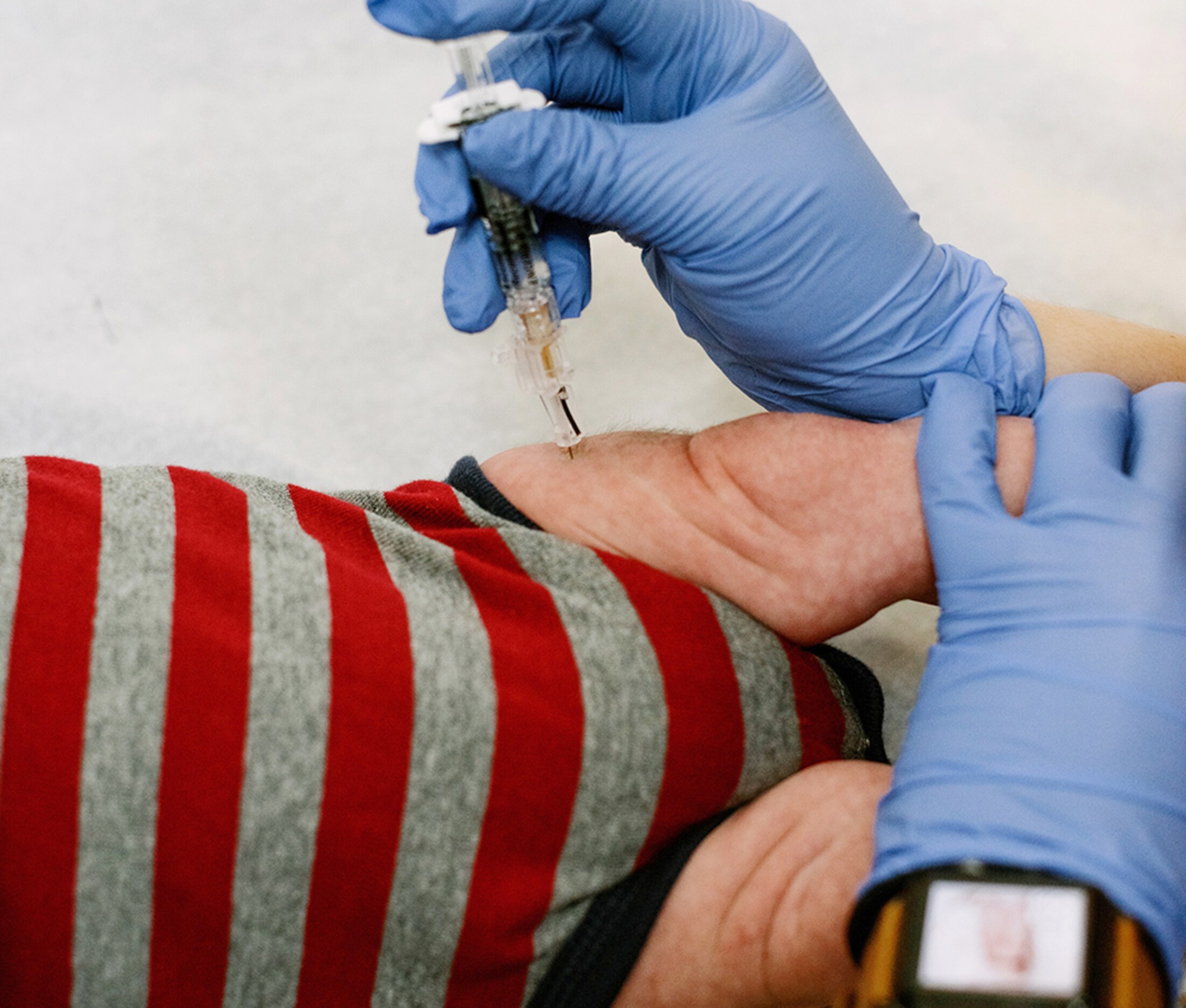Do cell phones in pants pockets really affect men's fertility?
A new study says yes — but it is riddled with errors


A new study has claimed that keeping mobile phones in trouser pockets can damage a man's sperm count, affecting his chances of becoming a father. While the possibility that mobile phone radiation could adversely affect fertility is understandably of great interest to the public, there is no new information to be found here.
The question about whether non-ionising radiofrequency electromagnetic fields (RF-EMF) that come from mobile phones are harmful or not is as old as the technology itself. Decades of research in this highly controversial area have led to two conclusions. First, that the thermal effects from this type of "radiation" — often confused with the ionizing radiation you get in X-rays — below the exposure limits adopted by almost all countries, are around 0.1°C and therefore far too low to cause any adverse biological effect. Second, that no so-called non-thermal biophysical mechanisms, for example the production of oxygen-derived radicals, have been identified. Because of this, the World Health Organization recommended no further research initiatives in this direction in 2010.
The new research, published in Environment International, is based on a meta-analysis of 10 (or nine, this is somewhat unclear since in the text nine are mentioned, but the tables and figures show 10) previous studies. But it repeats the mistakes that are typical for this kind of review — the quality of the review depends on the quality and criteria of the studies chosen. It appears to me that the studies analyzed in this meta-analysis represent a patchwork of greatly diverse methods, quality criteria, and biological outcomes which were squeezed into something which looks like an overall analysis, but is in fact a mishmash. The authors themselves admit that the studies they have chosen are very heterogeneous; this only serves to limit the overall conclusion drastically.
The Week
Escape your echo chamber. Get the facts behind the news, plus analysis from multiple perspectives.

Sign up for The Week's Free Newsletters
From our morning news briefing to a weekly Good News Newsletter, get the best of The Week delivered directly to your inbox.
From our morning news briefing to a weekly Good News Newsletter, get the best of The Week delivered directly to your inbox.
For example, there are Forest plots — a way of graphically presenting figures in meta-analyses — of studies based on research conducted on cells in the lab (in vitro) and others based on people (in vivo). Putting these two kinds of studies together simply doesn't make any sense. They are entirely different, both in type of study but also in the dosimetry — the calculation made to show how much of a radiation dose the body or the cells have received and which is only available for the in vitro studies.
The selection criteria for the selected studies also appear to be somewhat arbitrary and lack the criterion of whether they were done in a blind design fashion (that is, the persons doing the experiment or the analysis were not aware of whether the cells/humans were exposed or not in order to prevent a biased view on the results). Most studies included in the meta-analysis do not fulfil this important quality standard and thus may not be entirely unbiased, to say the least. It is also worrying that the authors cite a study which allegedly demonstrated that DNA in rat and human cells were damaged by exposure to electromagnetic radiation from mobile phones. But evidence suggests this study was based on fabricated data and I have argued elsewhere that it should be retracted.
The speculation about mobile phones carried in trouser pockets near the reproductive organs could hamper "spermatogenesis and sperm production" is telling. On the one hand, readers will of course agree that something emitting "radiation" must not be carried near the testes or the ovaries. But mobile phones do not emit anything while not in use (standby), except for a brief signal every hour or so to signal the base station its status. In other words: carrying a mobile phone does not mean constant exposure.
All in all, this study doesn't provide any new information that should lead to panic. The result certainly doesn't justify "further studies … to determine the full clinical implications for both sub-fertile men and the general population" as the authors suggest. At best, this study highlights the need for educating scientists on how to do proper meta-analyses.
A free daily email with the biggest news stories of the day – and the best features from TheWeek.com
More from The Conversation...
-
 Pipe bombs: The end of a conspiracy theory?
Pipe bombs: The end of a conspiracy theory?Feature Despite Bongino and Bondi’s attempt at truth-telling, the MAGAverse is still convinced the Deep State is responsible
-
 The robot revolution
The robot revolutionFeature Advances in tech and AI are producing android machine workers. What will that mean for humans?
-
 Health: Will Kennedy dismantle U.S. immunization policy?
Health: Will Kennedy dismantle U.S. immunization policy?Feature ‘America’s vaccine playbook is being rewritten by people who don’t believe in them’